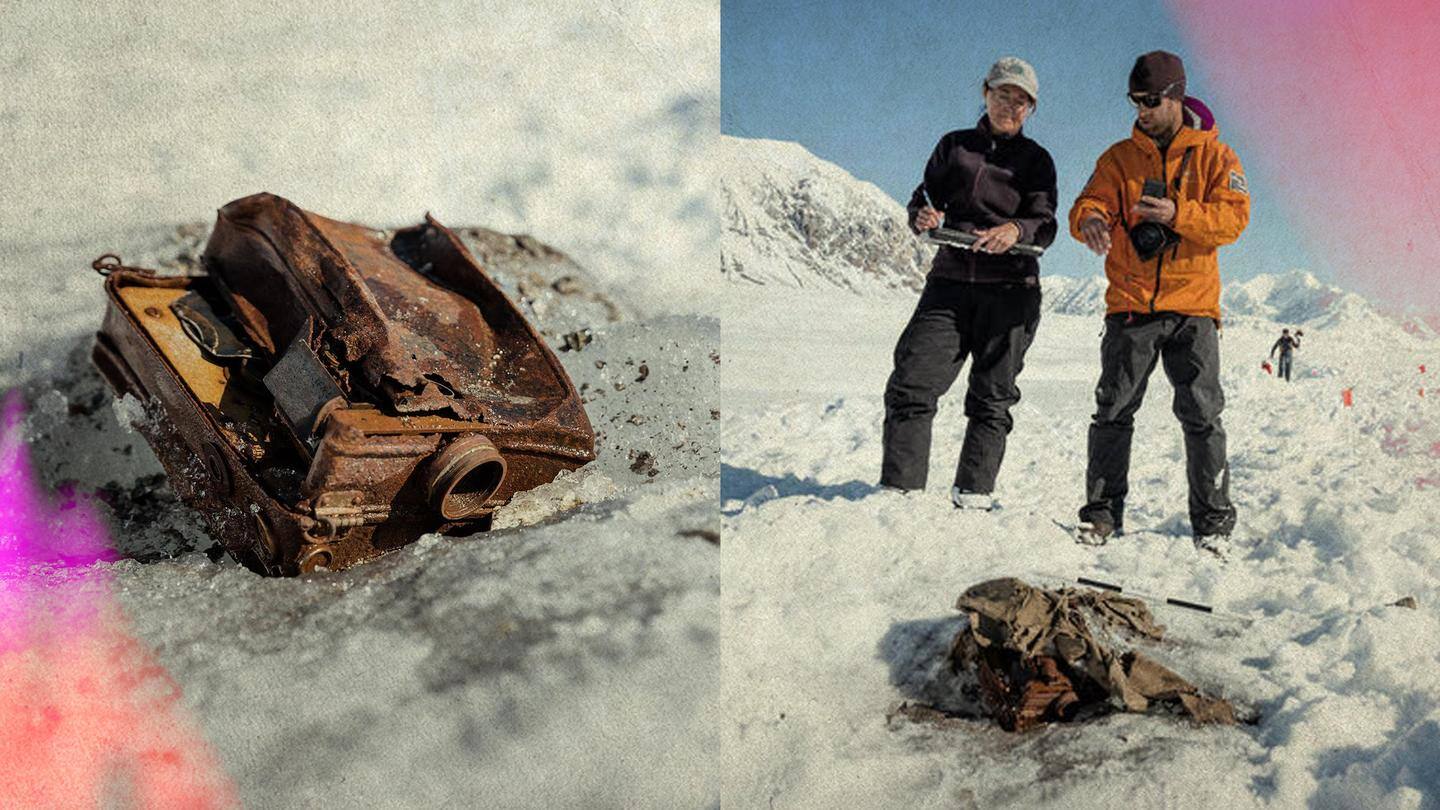
US explorer's camera recovered from Canadian glacier after 85 years
What's the story
A renowned US explorer named Bradford Washburn's cameras and other equipment were recently recovered after being abandoned in the ice of the Yukon glacier in 1937, in Canada. Washburn, a mountaineer, was also a cartographer, photographer, and director of the Boston Science Museum in Massachusetts which was founded by him. Washburn passed away in 2007 at the age of 96.
Incident
Washburn left the gear to travel light during an expedition
In 1937, Washburn started an expedition with other mountaineers to climb Mount Lucania which is the third-highest peak in Canada situated at 17,145 feet above sea level. During that time, it was the highest peak ever climbed in North America. Due to extreme conditions, Washburn and another climber Robert Bates had to leave their 450 kilograms of gear in order to travel light.
Tracking
In 2020, a professional skier planned to track them down
Washburn and Bates climbed the mountain but never returned to their remote base camp on Walsh glacier to collect their equipment. In 2020, professional big-mountain skier Griffin Post learned about the lost belongings and planned to track them down. Post spent 18 months researching old photographs of the base camp and matched mountains in the background with modern topography.
Search
Teton Gravity Research teamed up with Post for the search
Extreme sports video makers Teton Gravity Research teamed up with Post and a group of mountaineers to hunt down the long-lost cameras in Kluane Park, in the Yukon Territory. Dora Medrzycka, a Ph.D. student in glaciology also joined the team to find the cache after 85 years. First, the team uncovered a fuel can and a pair of goggles.
Recovery
Parks Canada staff used warm water to get artifacts loose
Seven kilometers from the first items, the team discovered tents, ice axes, skis, and cameras from 85 years ago. They immediately alerted Parks Canada which sent staff after three weeks. The staff dug and used warm water to get the artifacts loose from the ice. 24 items were recovered including two motion picture cameras and a significant portion of an aerial still camera.
Discovery
Discovery will offer 'never-before-known glacial movement data'
"Buried in ice since 1937, this cache contained three historic cameras with photos of what these mountains looked like 85 years ago," Teton Gravity Research said on Facebook. The movie cameras still have film inside and it would offer glaciologists 30 years of "never-before-known glacial movement data." Researchers are hopeful of getting a deeper understanding of how glaciers move with this discovery.